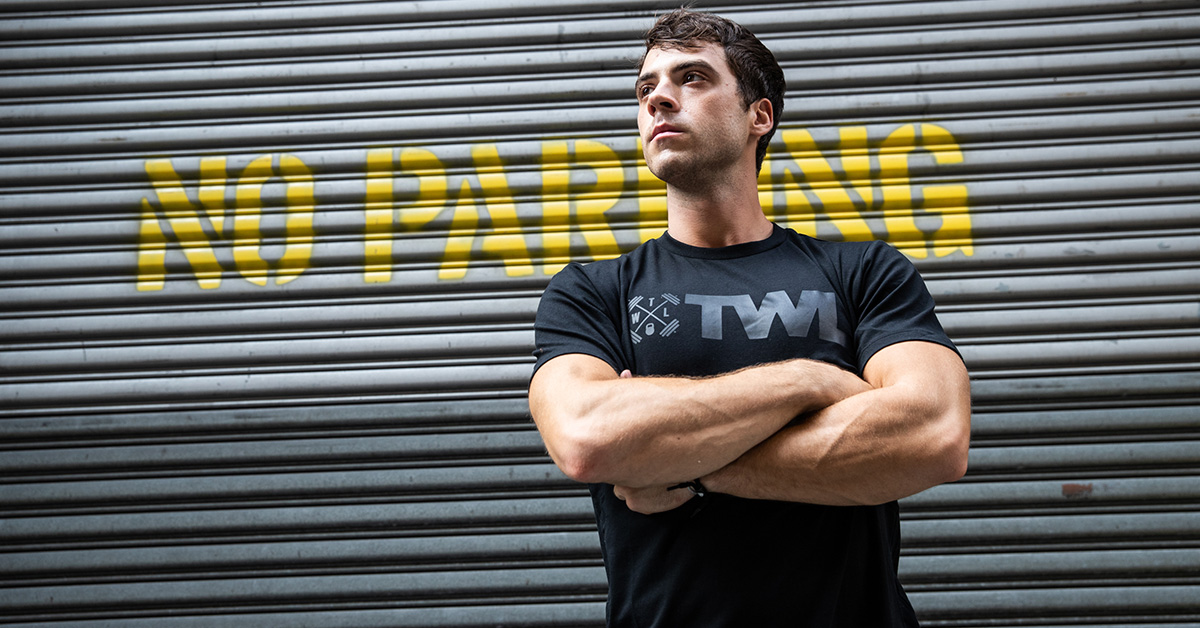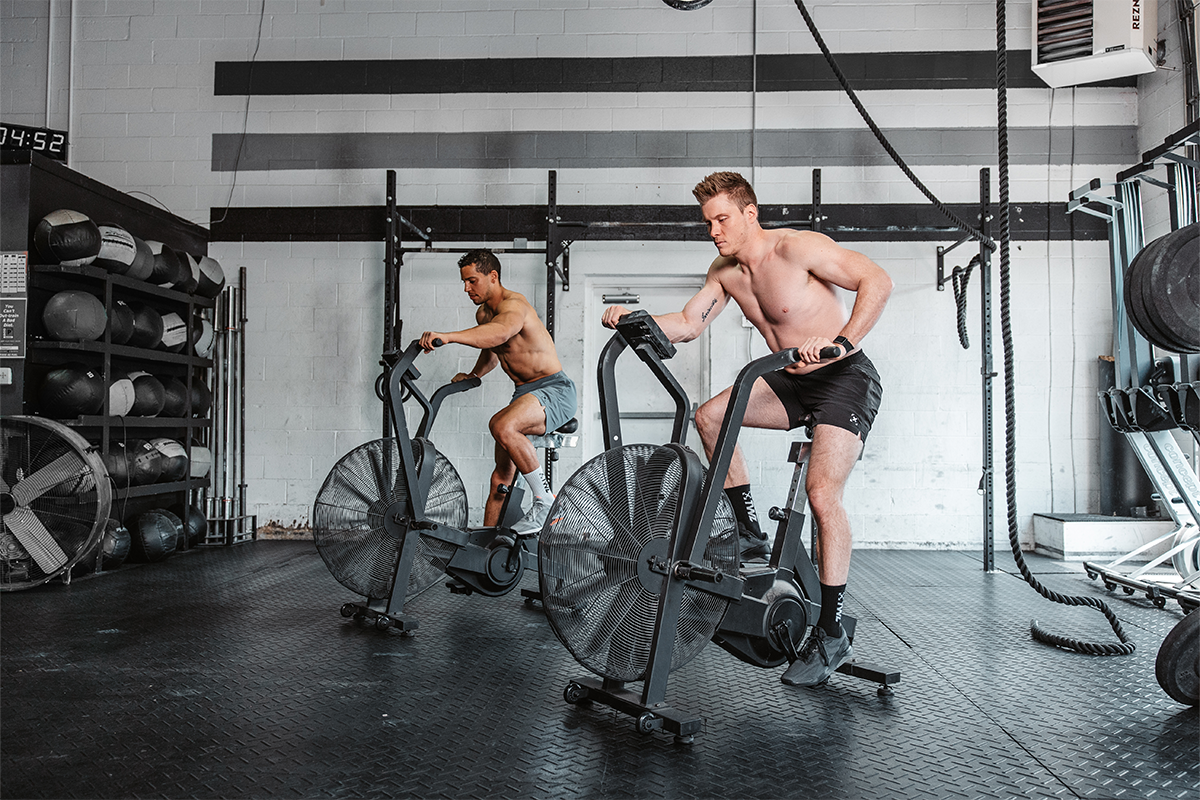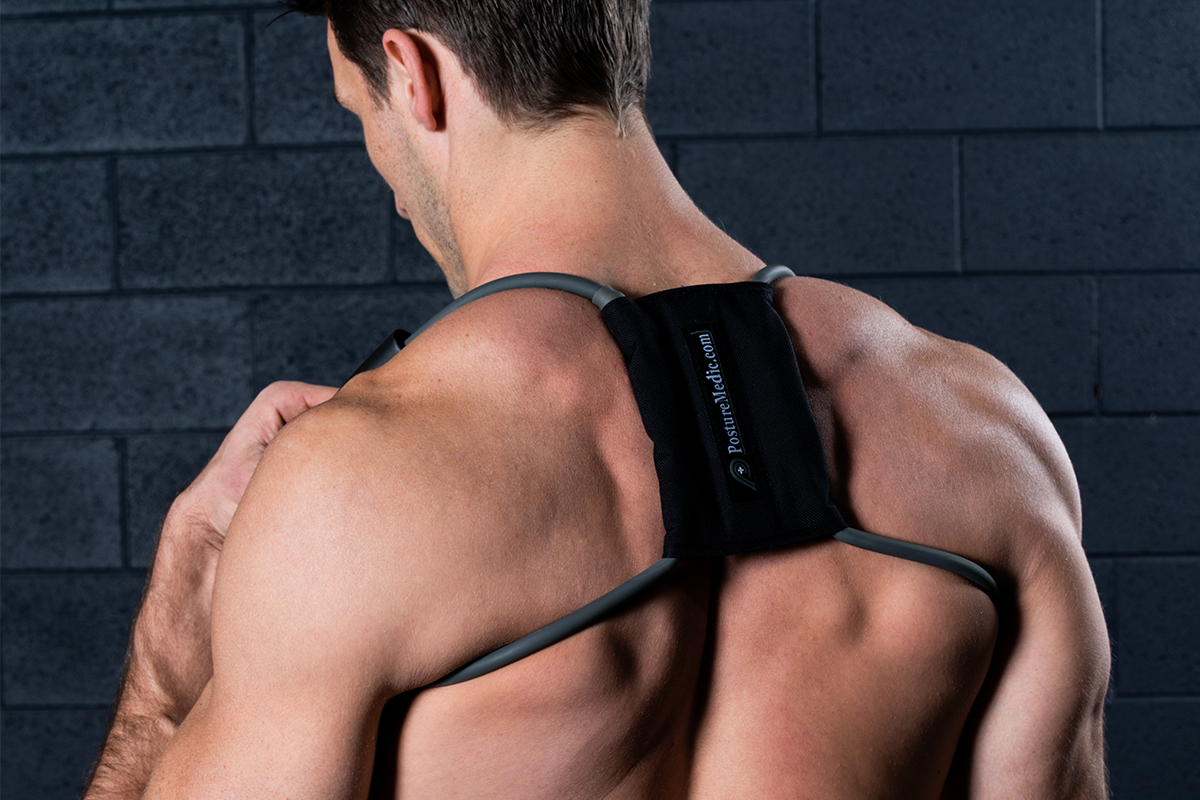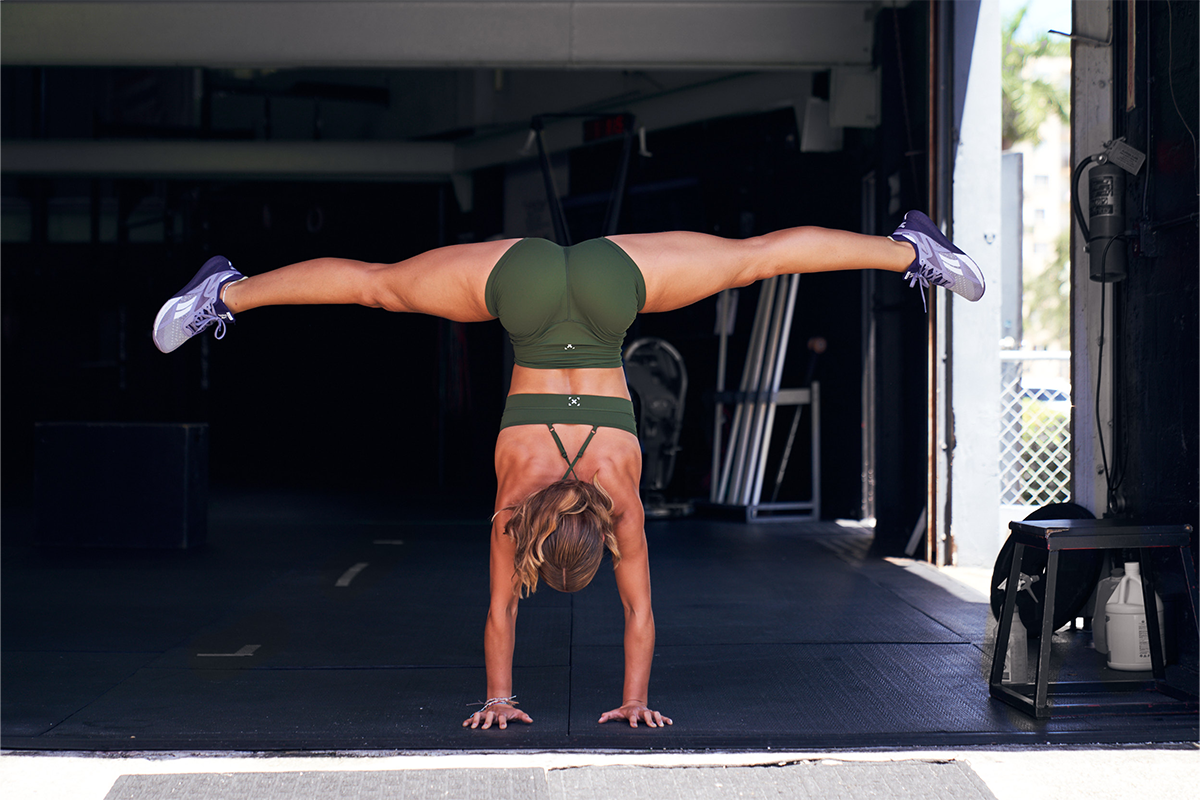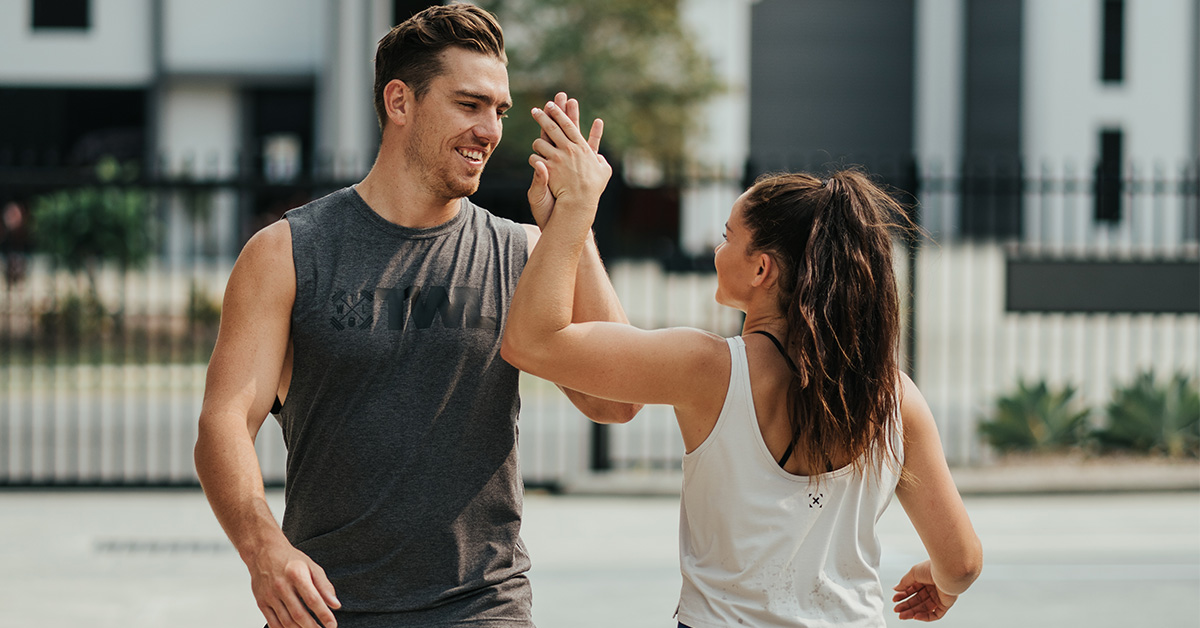Whenever you need to improve your functional fitness movements, depending on what they are, your coach may tell you your weakest area is your mobility. “But I’m super flexible,” you may say; but there is a conceptual difference between mobility and flexibility. Knowing how to improve your mobility is crucial; and fortunately, there are a number of ways to do it without needing any equipment.
First, let’s distinguish between mobility and flexibility. Mobility means how a joint moves, or how much range it has in its movement. On the other hand, flexibility aims to describe the length of a muscle, or how much it can stretch. Flexibility is one of the components of mobility; and similar to many other vital areas in functional fitness, like strength and balance, an acceptable range of motion will allow the athlete to perform different movement patterns without any restrictions.
You may need to have excellent mobility to perform most of the functional fitness exercises, but you don’t need to have great flexibility to do them. Also important to note is that good mobility decreases the chance of injury and wear and tear on your joints, which is not necessarily a benefit flexibility offers.
Now, how can you achieve better mobility? Here is how you can improve different muscle groups in the comfort of your home without the need for any equipment.
4 Mobility Exercises That Don’t Require Equipment
1. The Eternal Squat
One of the most inconvenient mobility problems happens when someone needs to perform a full squat movement. This mobility exercise consists of holding the squat position for at least 10 minutes. By maintaining it for this long, your knees, ankles, and hamstrings start to recognize the mobility they require, as they will not only be more accustomed to being in extension but will also experience bending for a more extended period of time.
Furthermore, by performing this exercise, you tend to lower the occurrence of hip, knee and lower back wear. Keep in mind that for this position, your feet should be in the same direction as your knees, pointing straight forward while you force your knees out.
2. The Calf Stretch
With this movement, you will allow a better range of motion for your knees and hips, as your calf muscles will be less tense.
To get this exercise correctly, you must face your foot sole to a wall (placing it vertically) and try to get your hips close to the wall. Now, there’s an important difference to note: if you bend your knee, you’ll be stretching the lower calf; if you don’t, you’ll target mainly the upper part of the calf.
3. The Couch Stretch
A lot of us have jobs were we spend hours sitting in front of a computer. Well, sitting for extended periods makes our hips tighten up, which will also compromise our mobility. This exercise will open up your hip flexors and quadriceps.
Facing away from the wall, kneel on one leg. With your back leg (the one on the floor), bring your foot toward your butt and tuck your knee into the wall. You can use a pillow or Abmat for cushion. Slowly elongate your back so it is entirely straight. Make sure your core is tight, and you are not hyperextending your lower back.
4. The Wall Slide
Most of us initially struggle with getting the bar overhead. It’s essential to have adequate upper body mobility as the shoulder is one of the most mobile joints in our body, with more than four degrees of freedom. With this exercise, you will improve the stiffness you feel when you try to get your arms behind your ears in overhead movements.
Stand with your back against the wall, arms bent and flat against the wall, if possible. Keeping your arms flat, start to raise them overhead.
Try these exercises on your own and you will not only notice smoother movements but less pain and discomfort overall.

